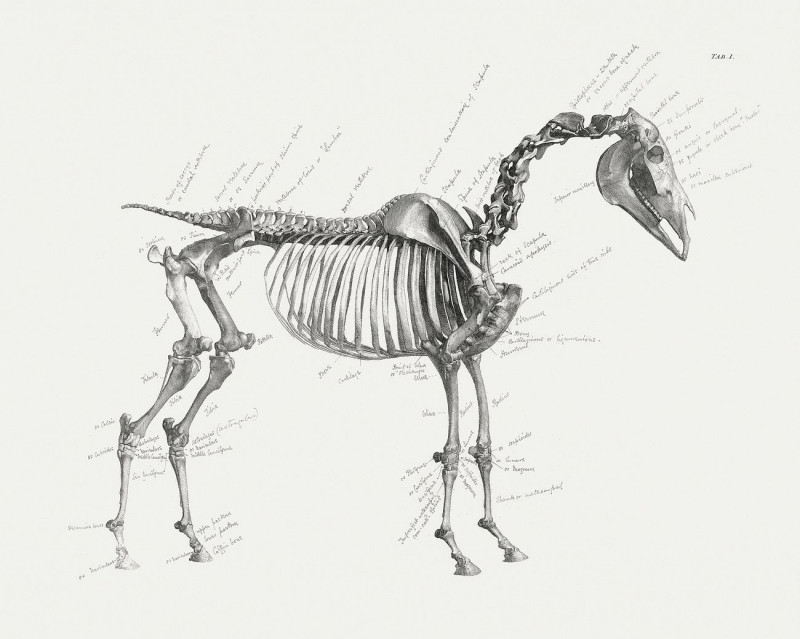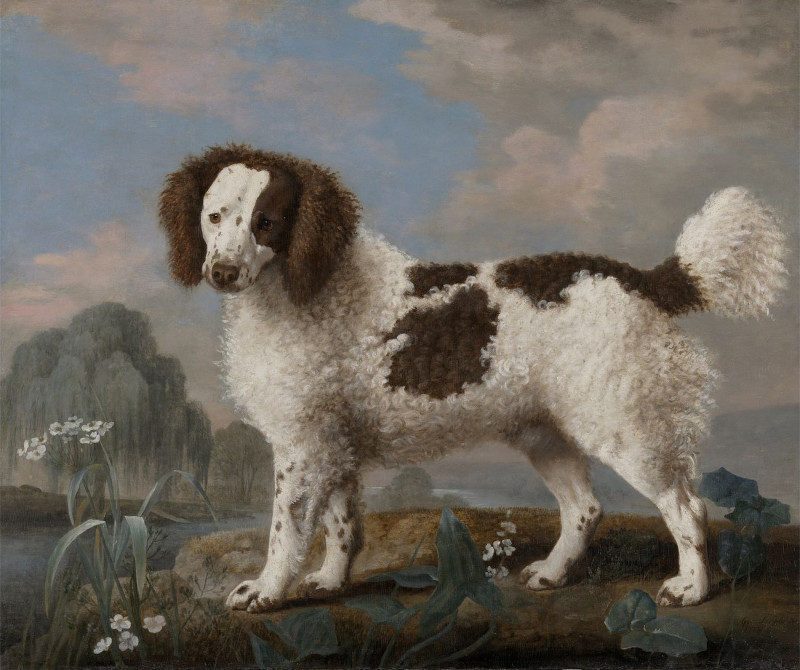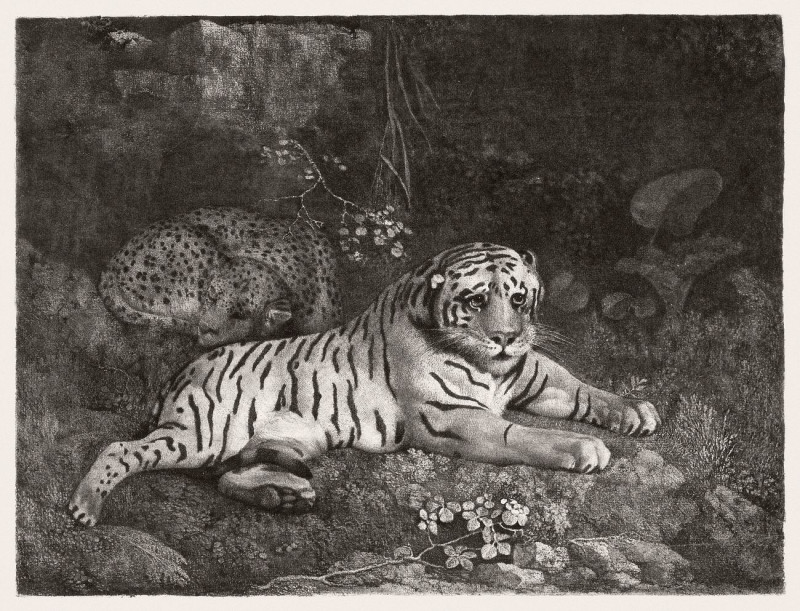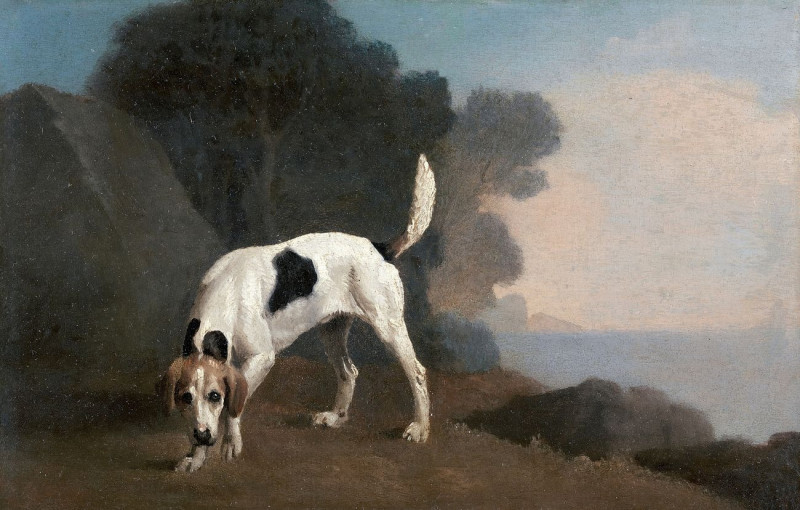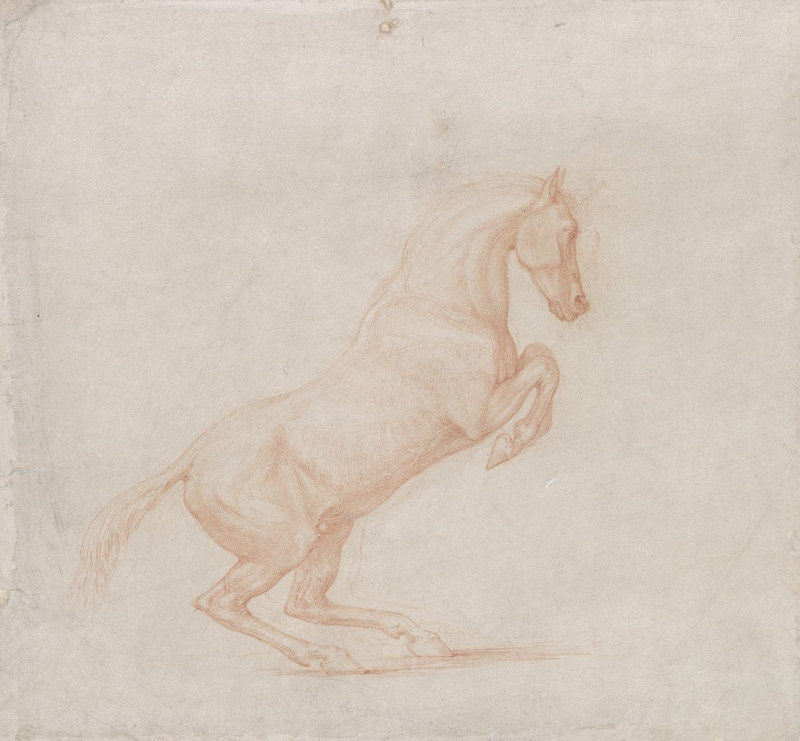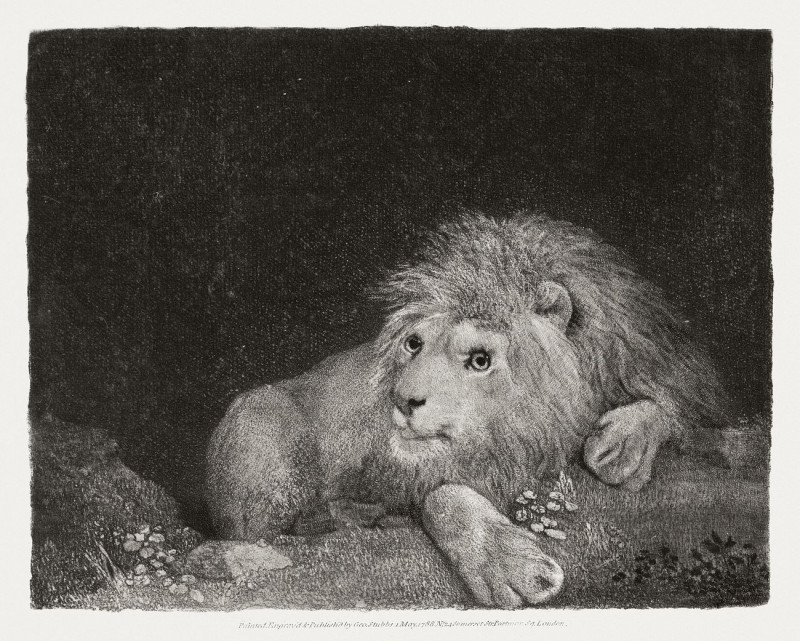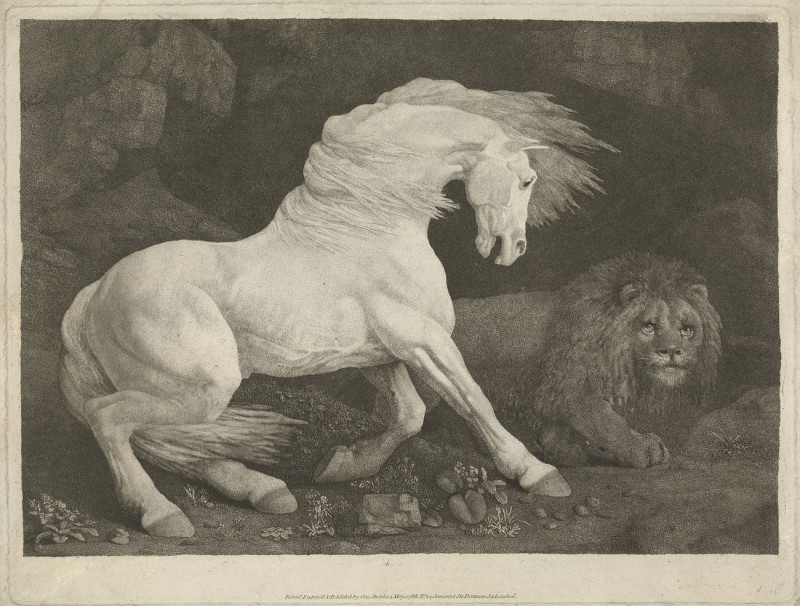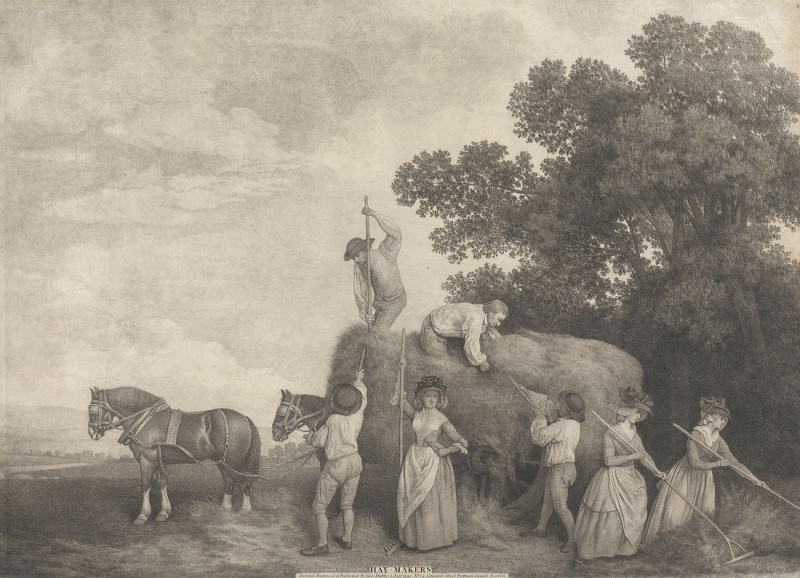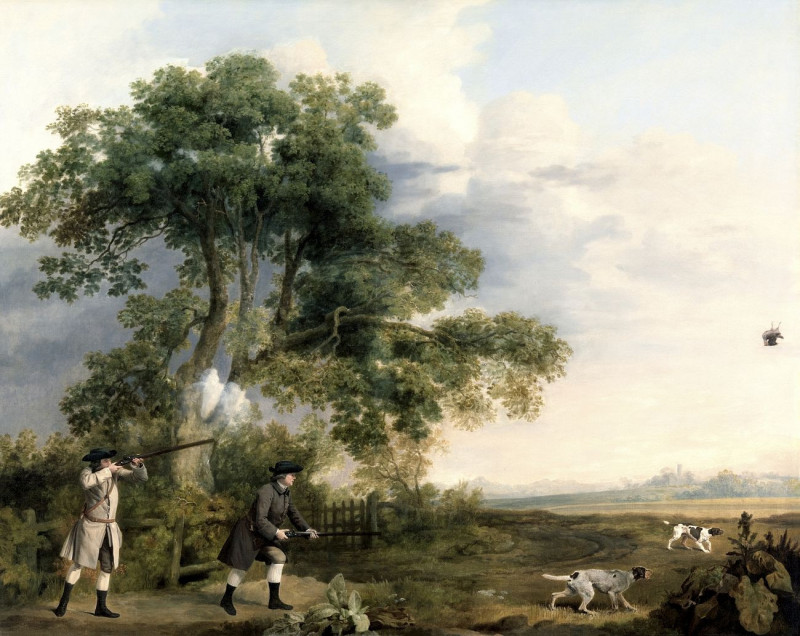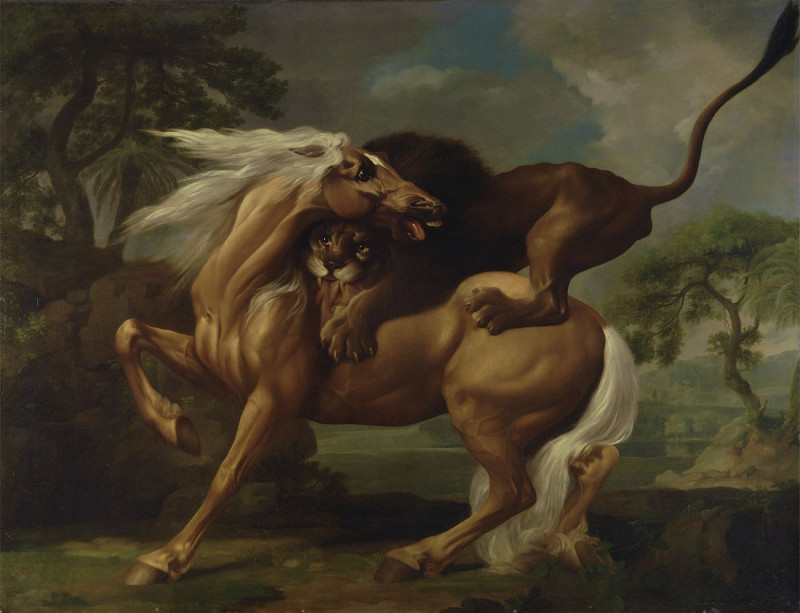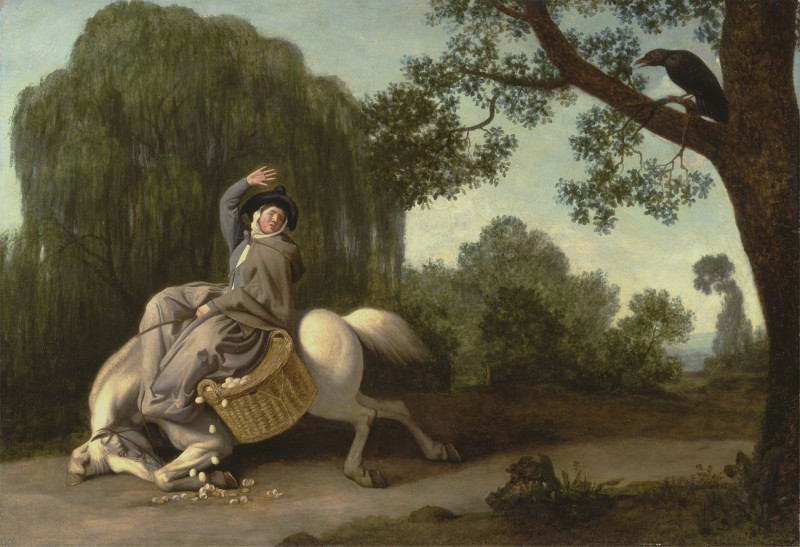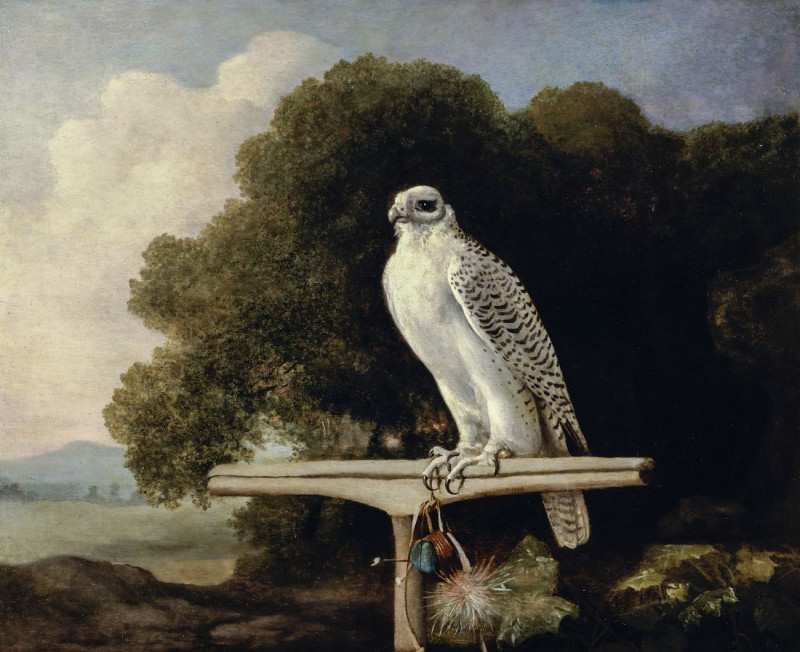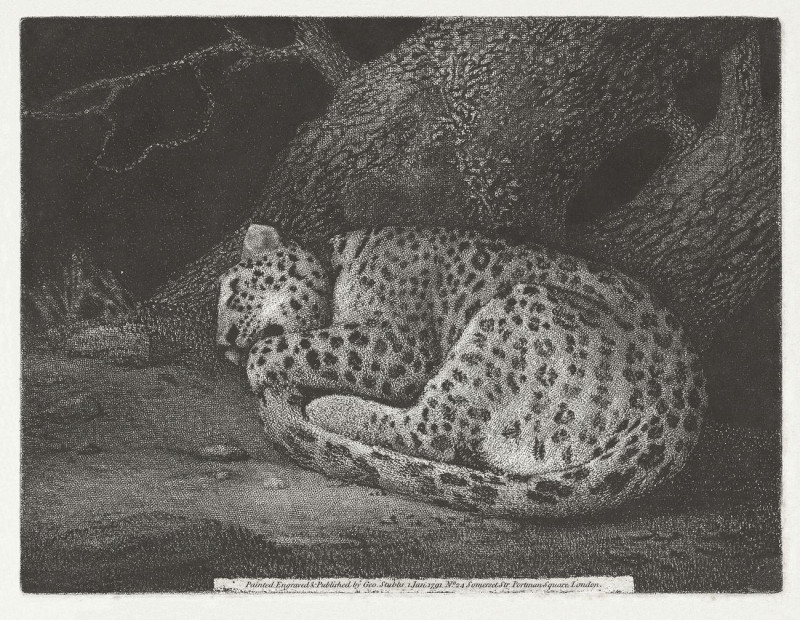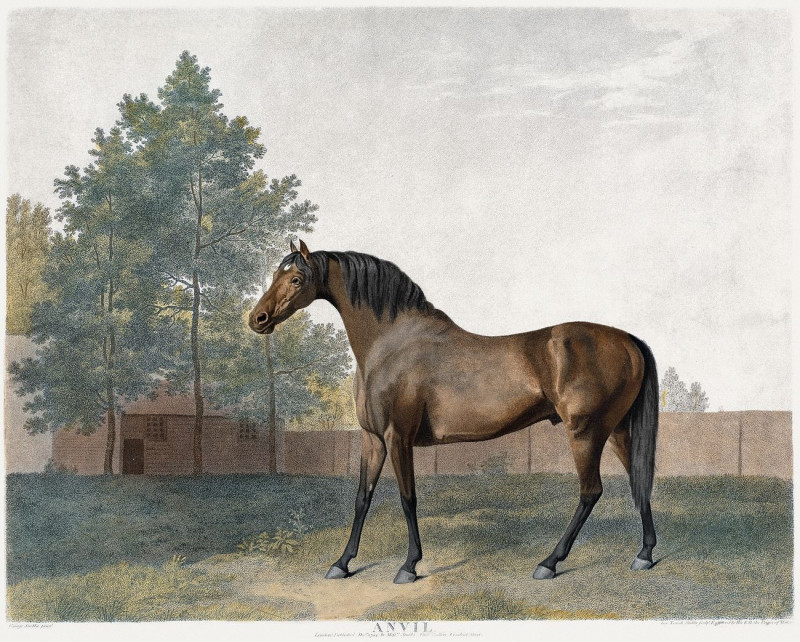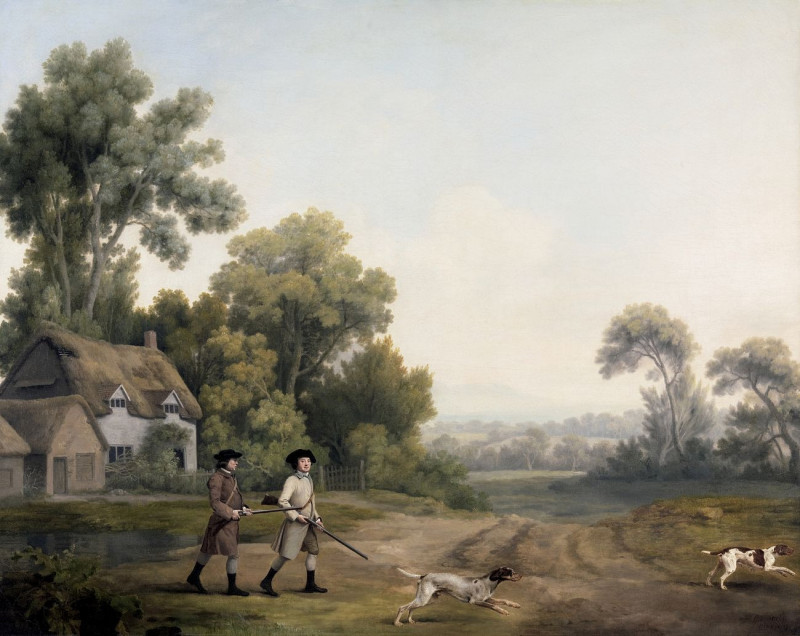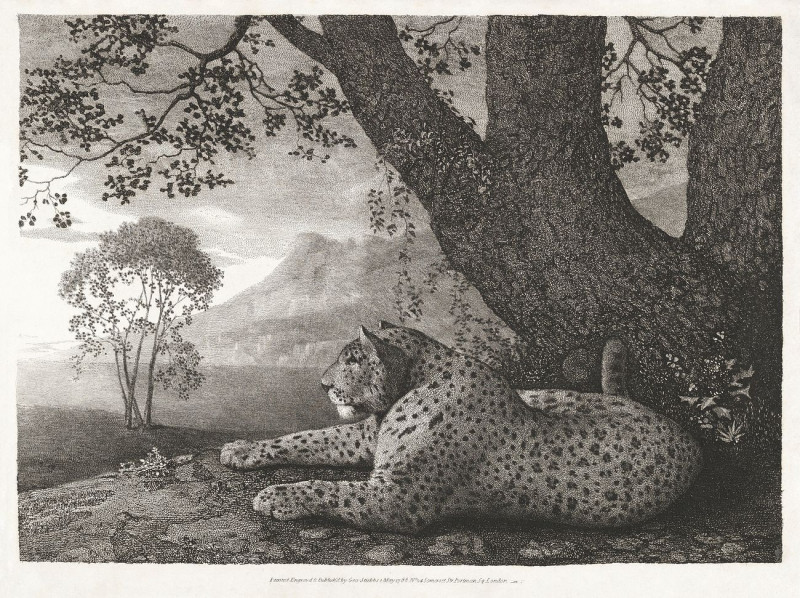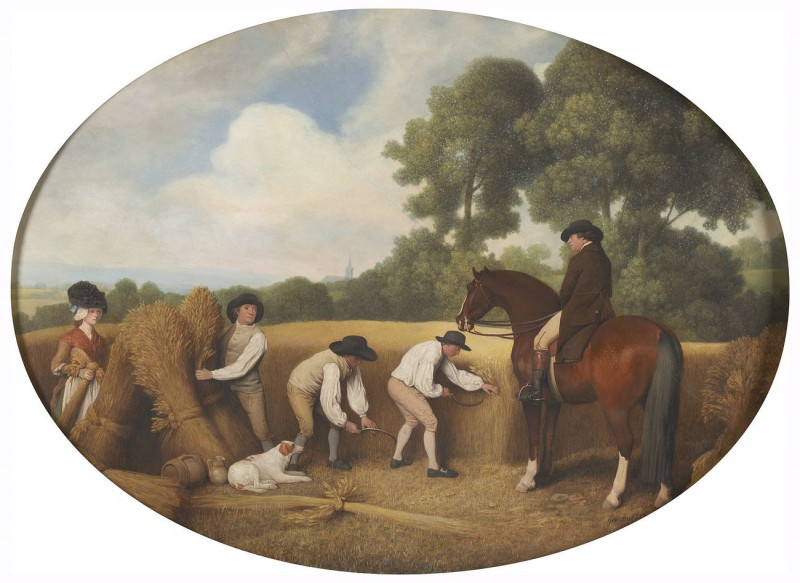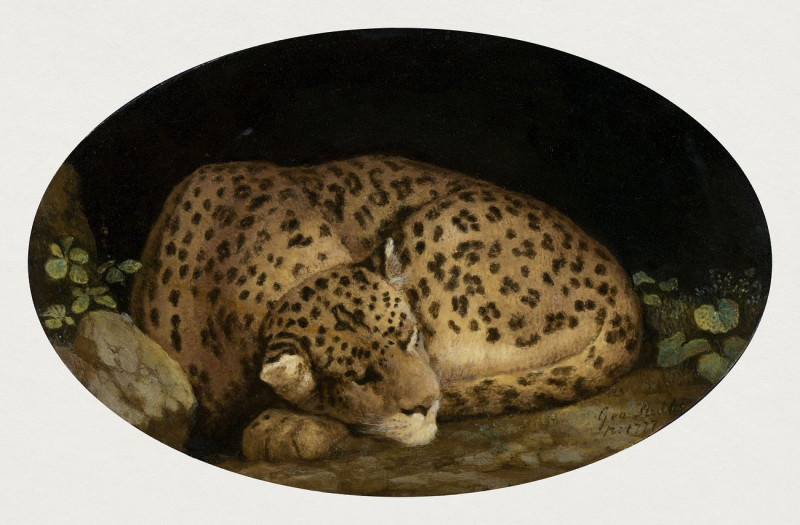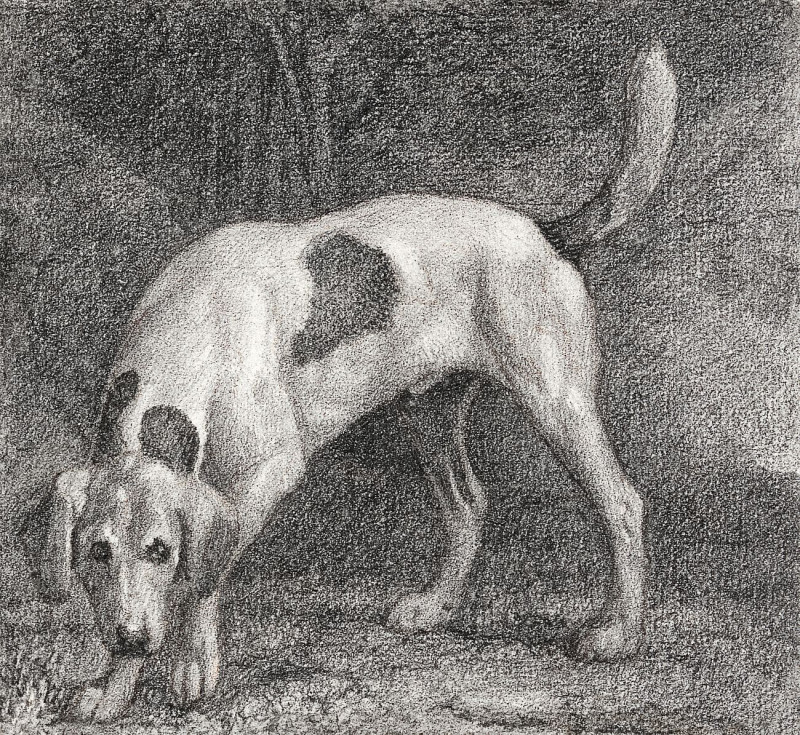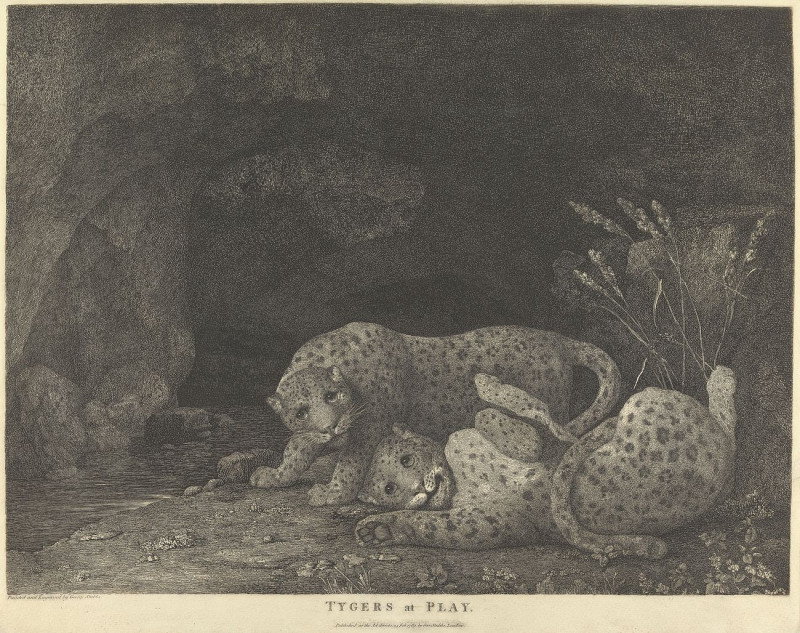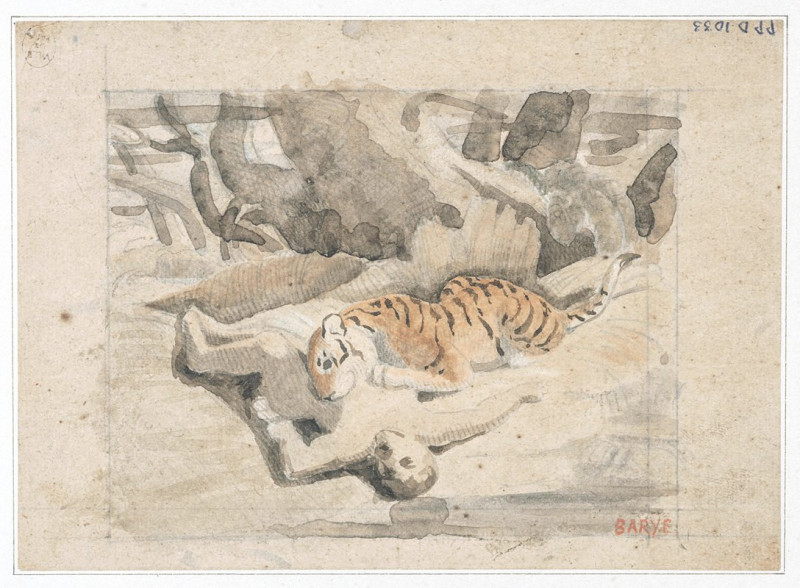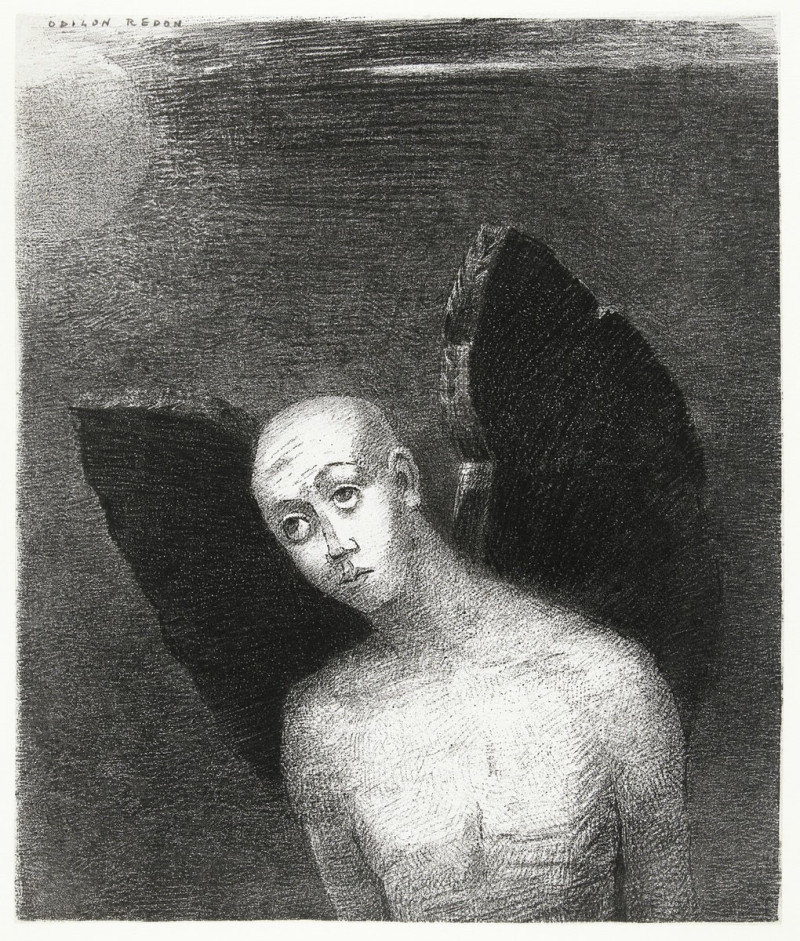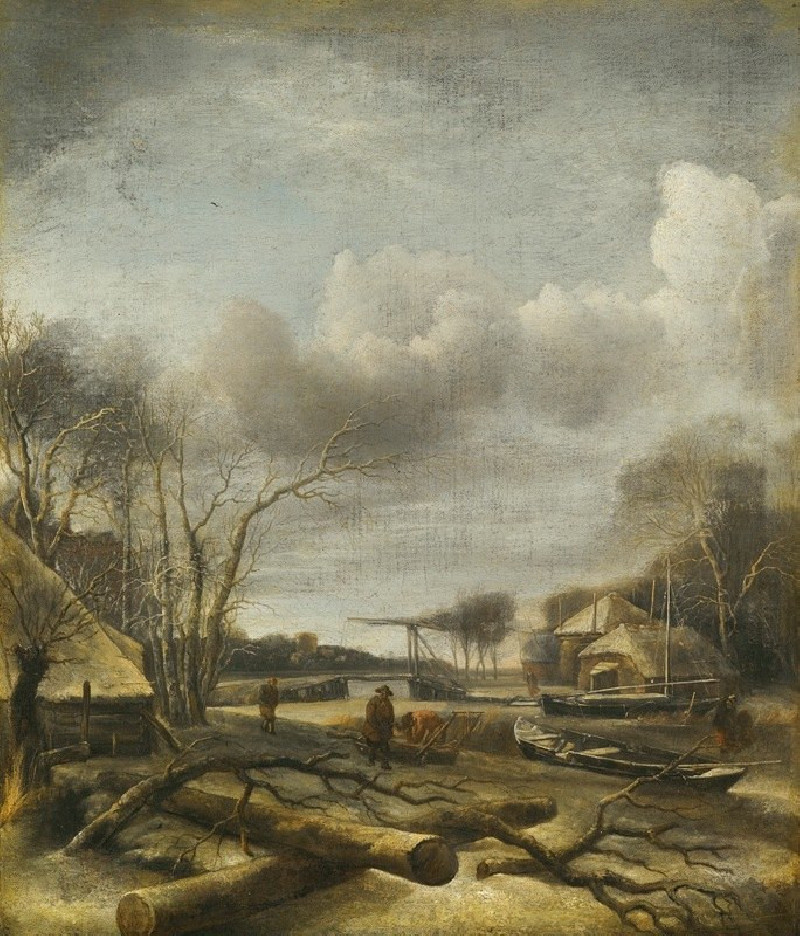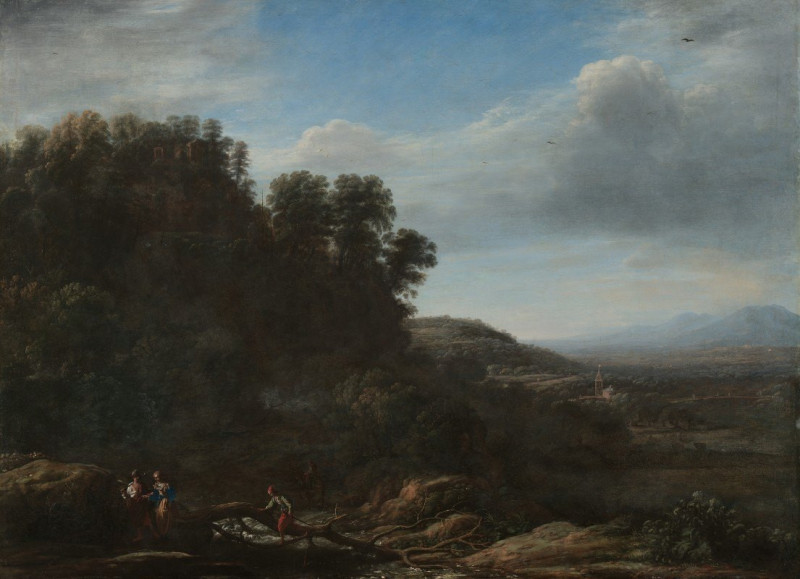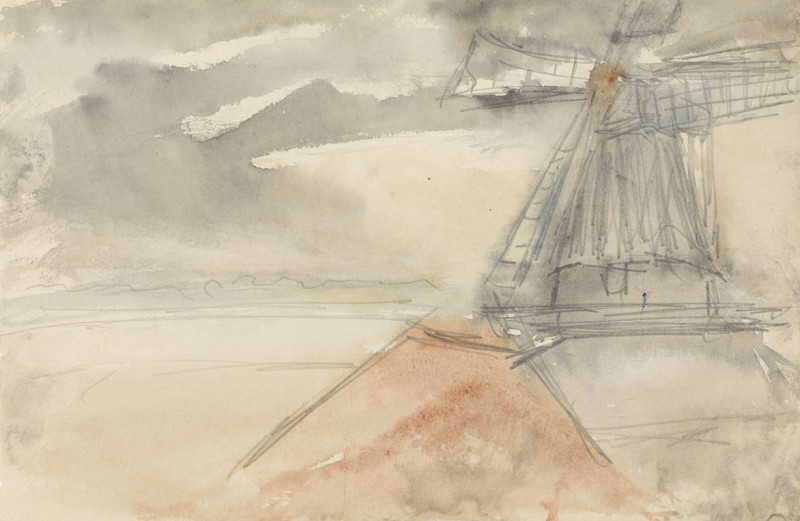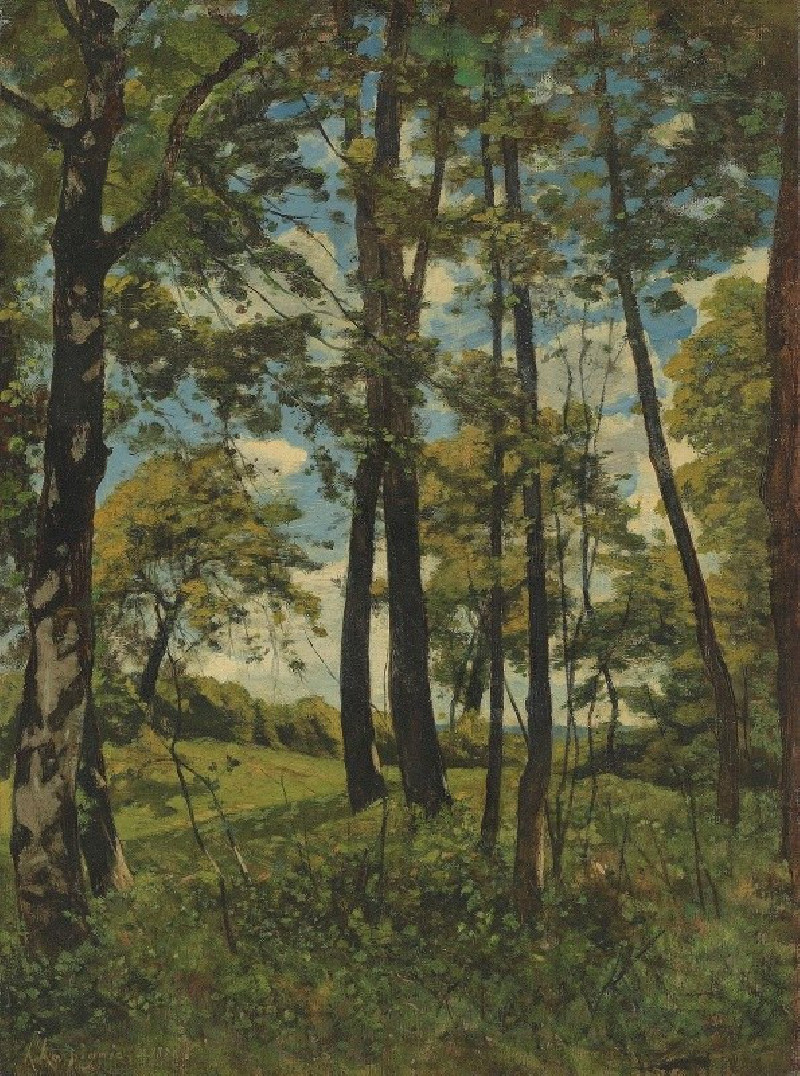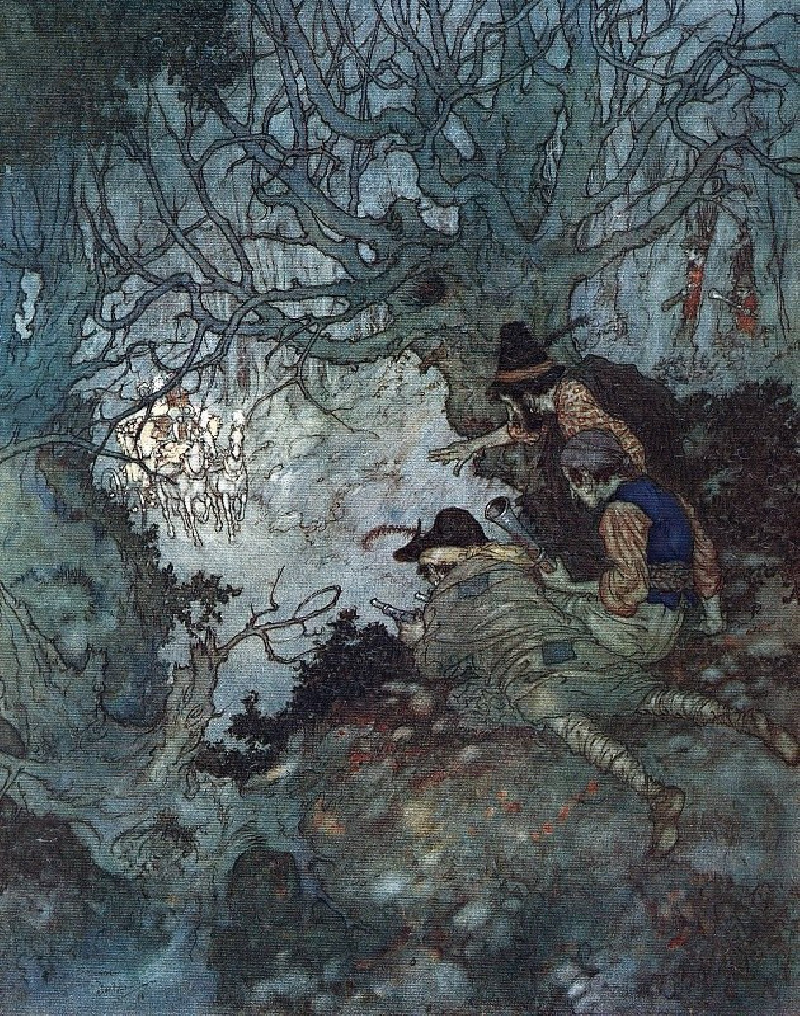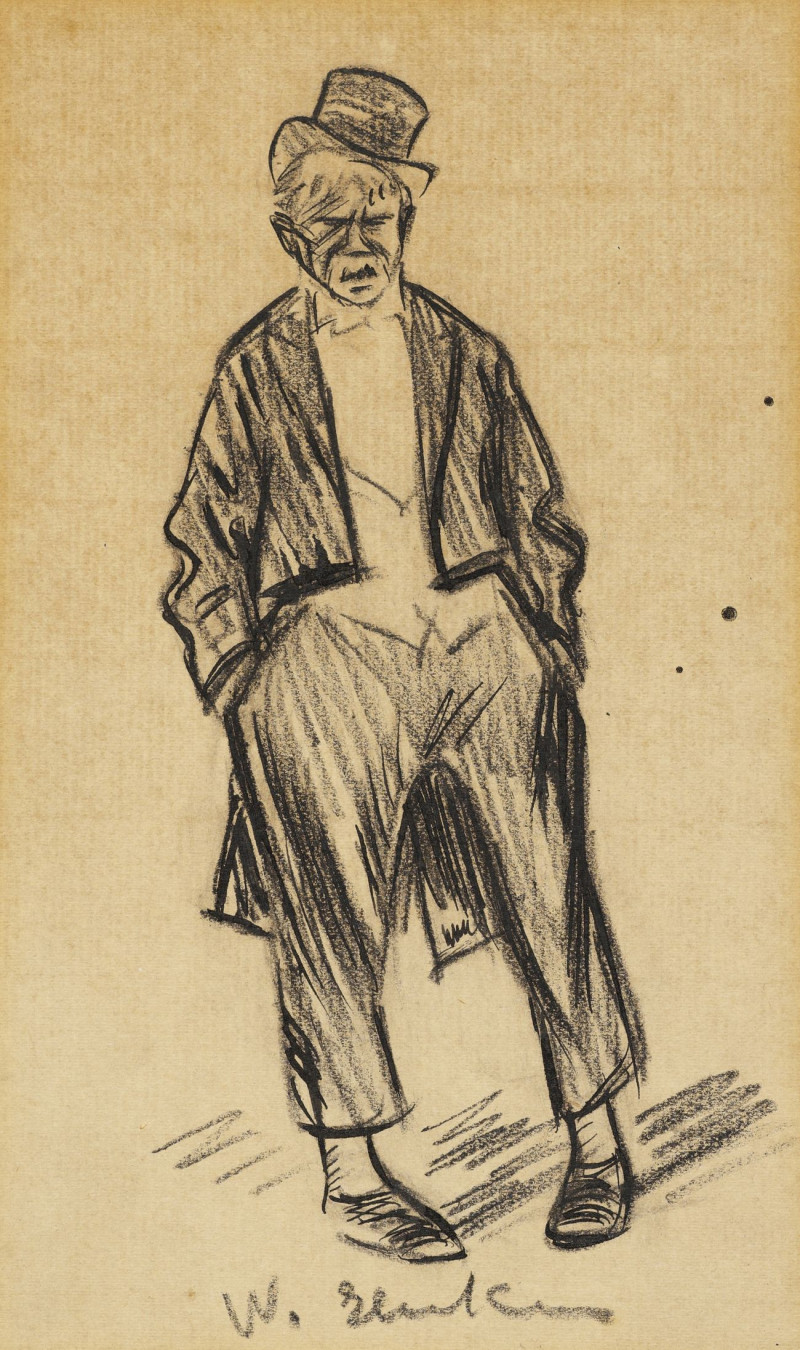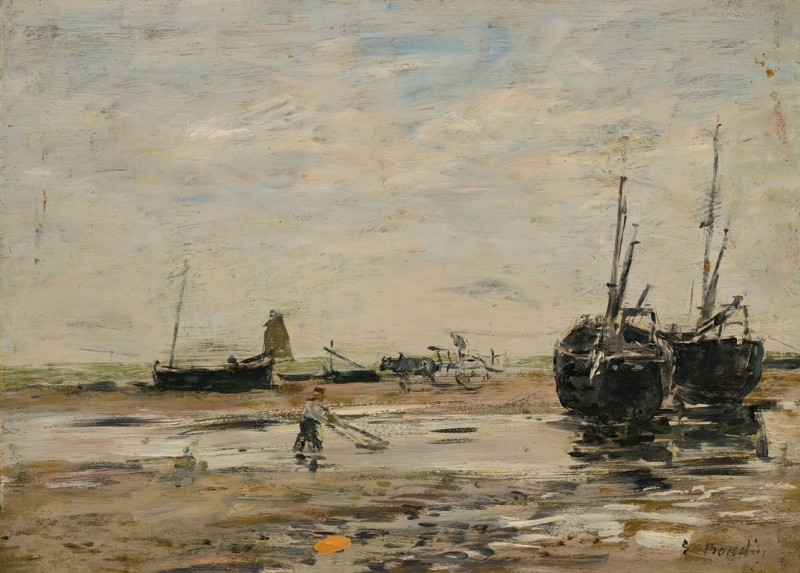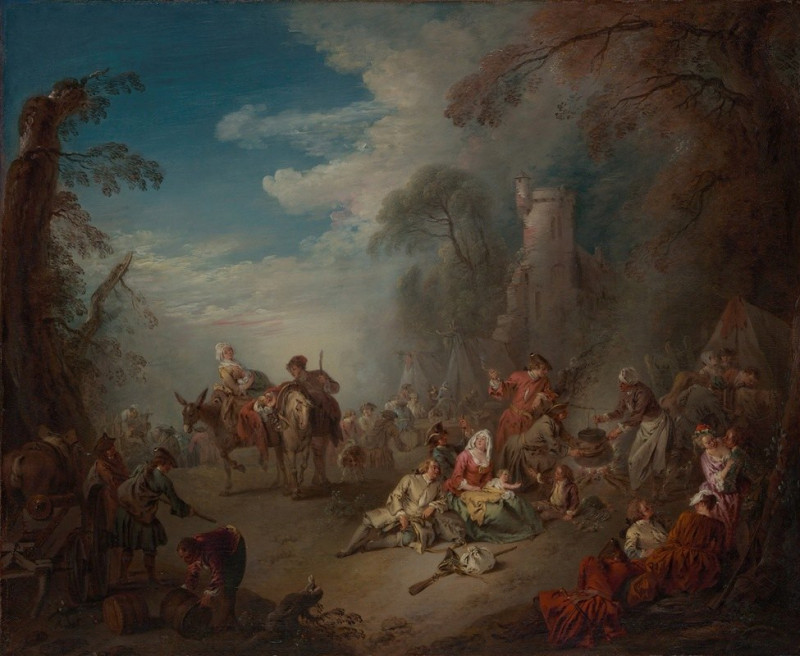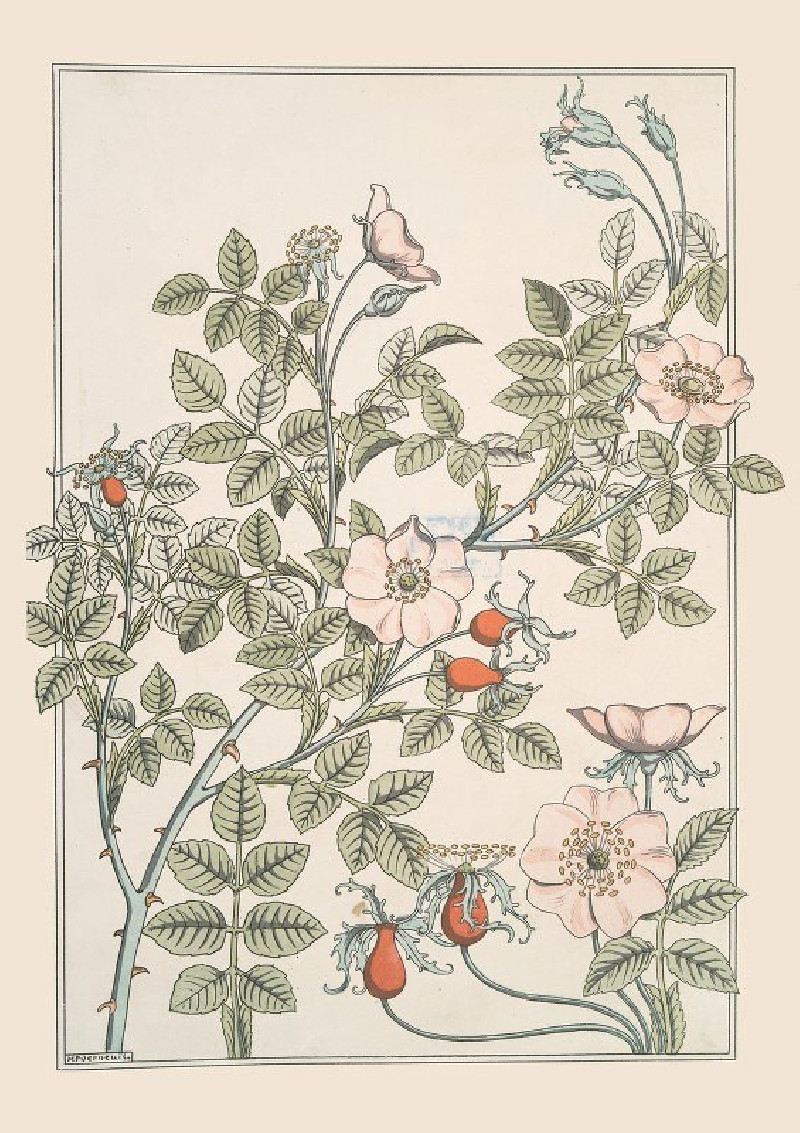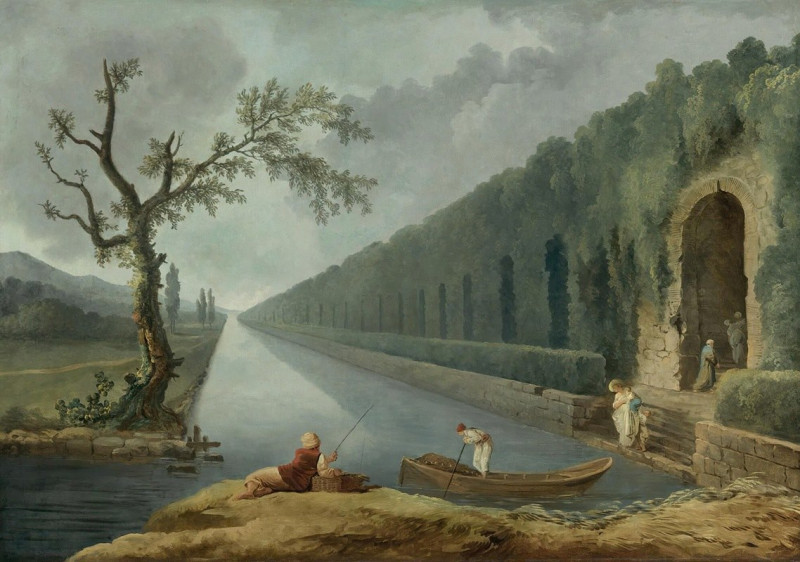The Anatomy Of The Horse
Technique: Giclée quality print
Recommended by our customers
More about this artwork
The painting titled "The Anatomy of the Horse" by George Stubbs is a detailed and meticulously crafted depiction of a horse’s skeletal structure. This piece exhibits Stubbs' keen interest in anatomical precision and his scientific approach towards art. In the painting, the horse skeleton is portrayed in a dynamic pose, with one of its forelegs raised and the head slightly turned, which gives a sense of movement and life, despite the absence of flesh and muscle.The artist has included annotations around the skeleton, labeling various bones and joints, which highlights his dedication to educational detail and his intent to contribute to the anatomical knowledge of the time. These annotations also reflect the scientific spirit of the 18th century, a period marked by a burgeoning curiosity about natural history and biology.George Stubbs is renowned for his detailed studies of horses, and this painting is particularly important as it combines art with scientific observation, serving not only as a piece of visual art but also as an educational tool for understanding equine anatomy. The precision in the drawing illustrates Stubbs’ deep understanding and observation skills, making the painting not only an artistic but also a scientific achievement.
Delivery
Returns
George Stubbs (25 August 1724 – 10 July 1806) was an English painter, best known for his paintings of horses. Self-trained, Stubbs learnt his skills independently from other great artists of the 18th century such as Reynolds and Gainsborough. Stubbs' output includes history paintings, but his greatest skill was in painting animals, perhaps influenced by his love and study of anatomy. His series of paintings on the theme of a lion attacking a horse are early and significant examples of the Romantic movement that emerged in the late 18th century. He enjoyed royal patronage. His painting, Whistlejacket hangs in the National Gallery, London.

